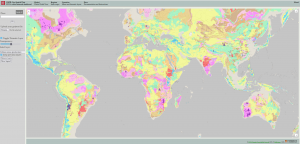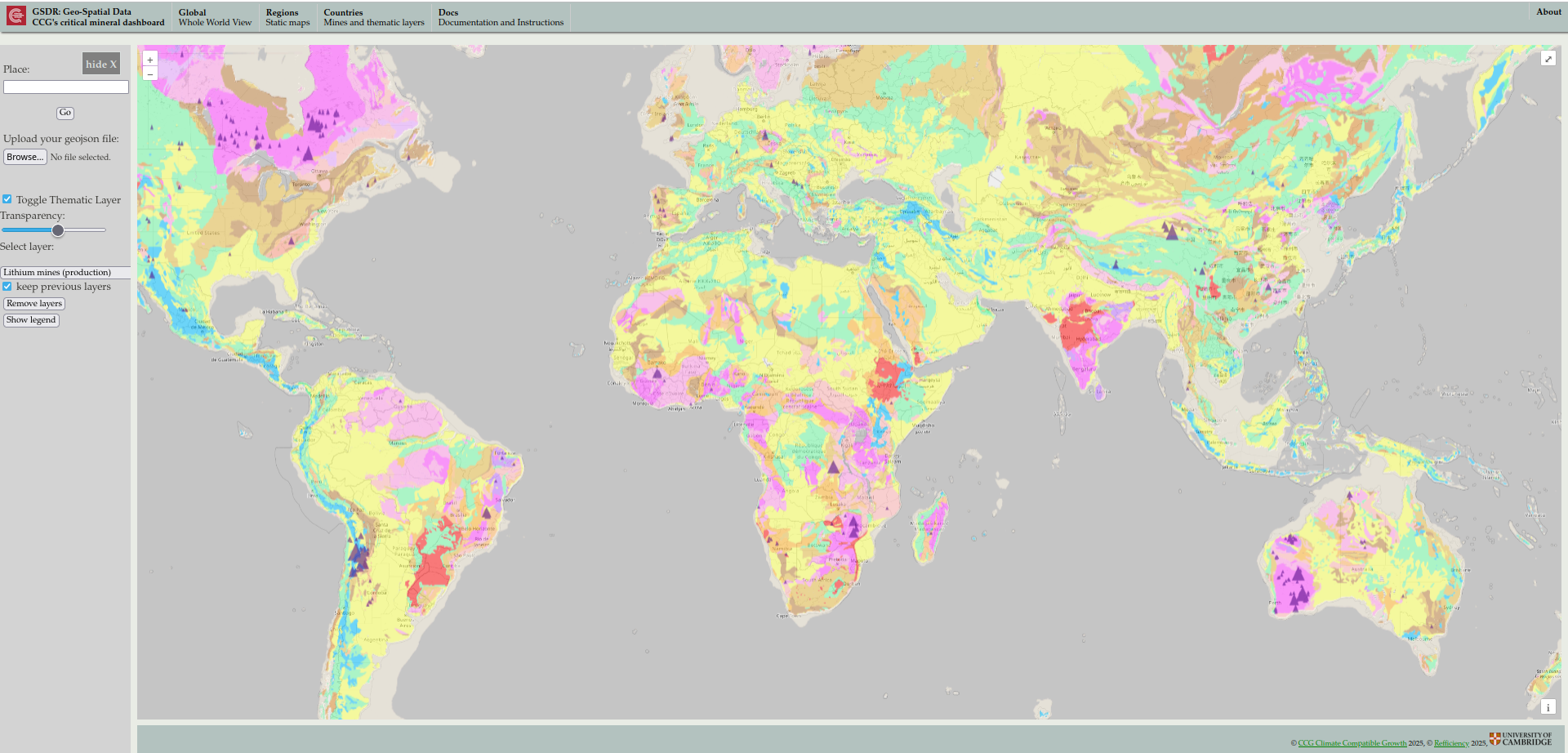Hybrid Renewable Energy
Perhaps the first thing that comes to mind when someone mentions ‘solar power’, is an array of bluish photovoltaic (PV) panels, often visible on residential rooftops. Although the majority of solar power stems from the use of these panels, an alternative solar technology exists: Concentrated Solar Power (CSP). The theory behind this sister-technology is surprisingly simple: solar radiation is concentrated on a fluid using parabolic mirrors, the temperature of the fluid increases and subsequently the hot fluid is used to generate steam. The high temperature steam is then used to generate electricity in a turbine, just like it’s done in conventional power generation.
In practice, however, the engineering involved is complex, causing the Levelised Cost Of Electricity (LCOE) from these plants to be about three times higher than fossil fuel electricity, and 50% higher than electricity from their PV-counterparts.
This technology has a unique advantage over its renewable cousins: unlike other solar and wind technologies, it can be designed to provide electricity without any intermittency, thanks to thermal storage. In fact, a plant built in 2008 in Spain has been able to provide 50 MW of electricity, around the clock. Another advantage of this technology is that the steam it generates can be fed into existing thermal power plants. This option reduces the capital cost of the generation capacity by 20%, since a large share of the equipment (turbines, coolers and heat exchangers) already exists in the fossil fuel plant. Hybrid fossil fuel and solar plants are not just theoretical: there are a number of operational plants where the solar share ranges from 2% to 15%.
A recently published article in Nature Climate Change calculated that this technology abates CO2 emissions at a much lower cost than Carbon Capture and Storage, and that the solar share of the power generated can be up to 47%. This means that a substantial share of energy-related CO2 emissions could be mitigated by retrofitting existing thermal power plants, especially in highly irradiated regions.
When comparing LCOE values of various generation technologies, wind and PV electricity is still cheaper than these hybrid solar systems. However, these values do not include the costly grid infrastructure upgrades required for any substantial penetration of intermittent generation capacity. Despite the high capacity factors associated with hybrid solar thermal generation capacity, there is no coherent policy framework to incentivise the deployment of this technology. Typically, renewable energy subsidies are only offered to plants that generate electricity from renewable sources above a given threshold. If eligible, plants will then have a flat rate of subsidy applied to the entire generation capacity of the plant.
Policymakers must be vigilant, and respond rapidly to technological innovation: reviewing subsidy mechanisms as technologies develop. Subsidy mechanisms built around the paradigm of “one plant one technology” should be abandoned, or better, redirected to subsidise the renewable share of any system, hybrid or otherwise.













